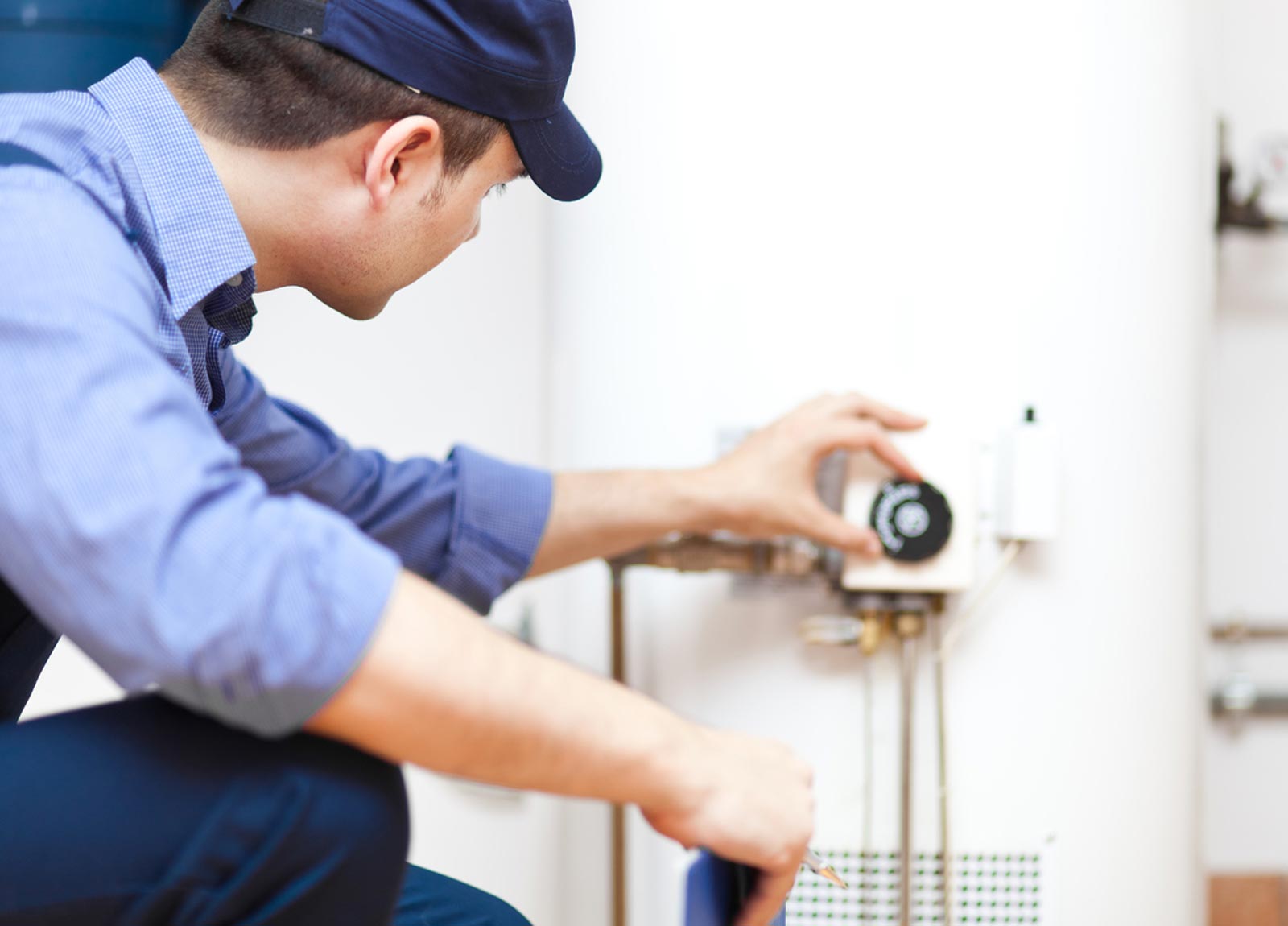This article will help you to understand about how a condensing boiler works and what type of condensing boilers available in the heating and cooling market. This article will also describe you which boilers are the most energy efficient and what are the main deference between conventional boiler and condensing boilers.
What are Condensing Boilers?
These boilers are called condensing boilers because they provide heating comfort with the condensation of water vapor contained in the flue of gases resulting from combustion process. In boilers fumes evacuated heat may reach even 150 ° C to prevent condensation and to facilitate the heating process. When the water vapor condensed state change, this heat is transferred. In this case, the whole process is called as condensation. Phases of heat transfer in condensing boilers In conventional condensing boiler heat is transfer into three phases as mentioned below; Phase1: In phase one flame transfers heat by radiation process Phase2: Conduction or Convection Phase3: CONVECTION CONDENSATION where the change of state of the water vapor contained in the flue gas is used by the boiler. For condensing the steam obtained as reaction product of combustion, the boiler should provide hot water at a maximum temperature of 70 ° C. Thus evacuated gases are expelled at temperatures below the condensation. The performance of this boiler exceeds 100% compared to conventional values between 70-80%. This efficiency is obtained due to the heat of condensation to heat water in the boiler return. The result is 30% more efficiency as compare to conventional boilers.
High Efficiency Boiler Safety Measures
1. Liquid fuels often have sulfur oxide form if react with oxygen in combustion, producing sulfuric acid. This compound could corrode the metal parts of the boiler, so that the fuel used shall not contain sulfur, such as gases: Natural and LPG. PVC is a good alternative. 2. Evacuated gases after combustion, it is at a temperature below the condensation. This circumstance reduces the thermal draft which must be compensated by using a fan to facilitate withdrawal. 3. It is essential to reduce heat losses.Flue gas heat loss due to unburned during combustion products and generates CO, CO2 content and temperature of the fumes. The hip should control the amount of combustion air. Variable speed fans help control excess air. - Losses due to periods of shutdown of the boiler. The losses are due to the covering of the boiler loses heat. It is important the ratio between the maximum and minimum power, and the use of variable speed fans. 4. The condensation products must be evacuated. Also, if the condensation of flue continues during evacuation pipe must be arranged compatible materials condensed products. In power installations above 70 kW, will be necessary to treat these condensates to neutralize its acidity.







